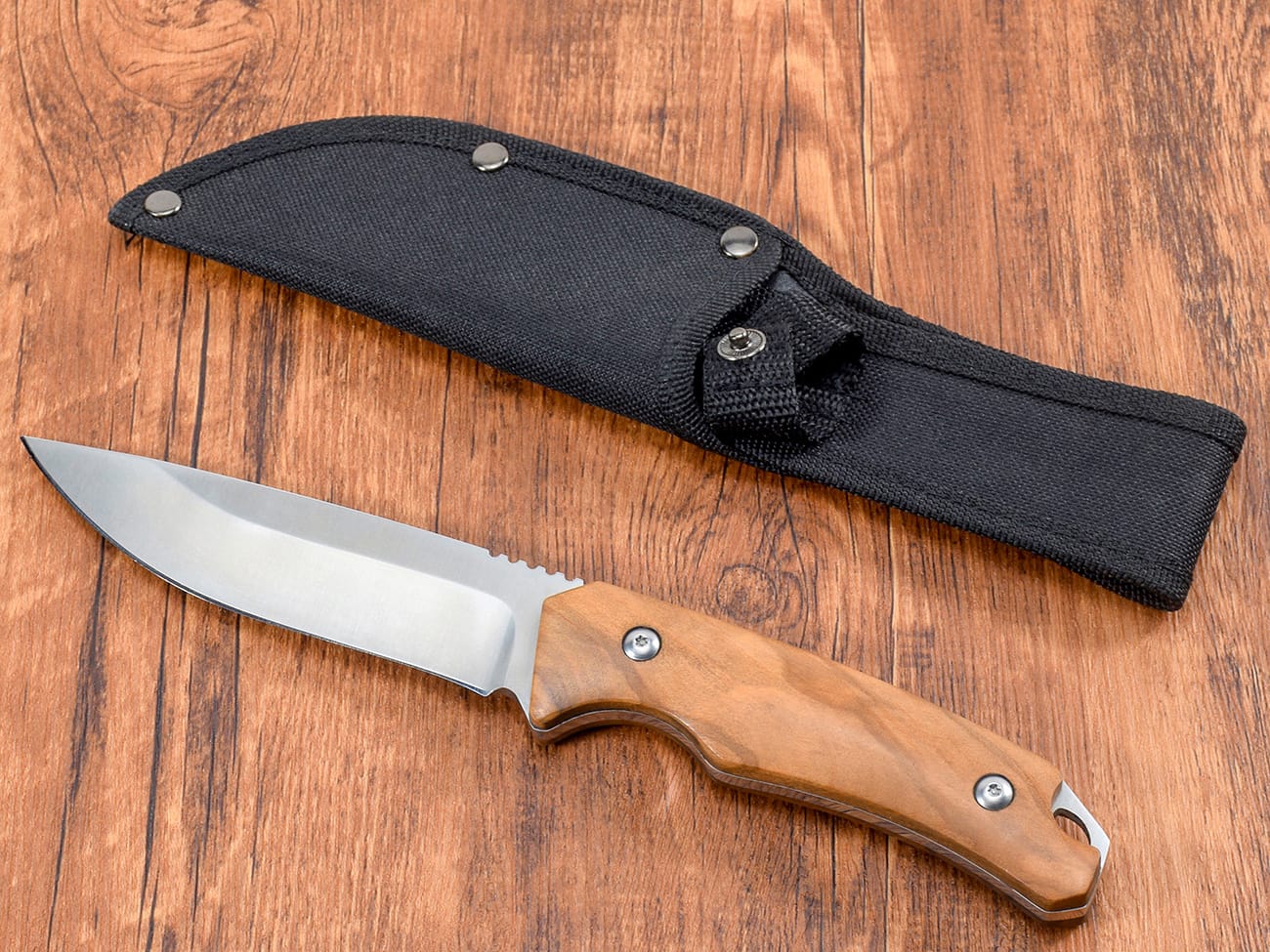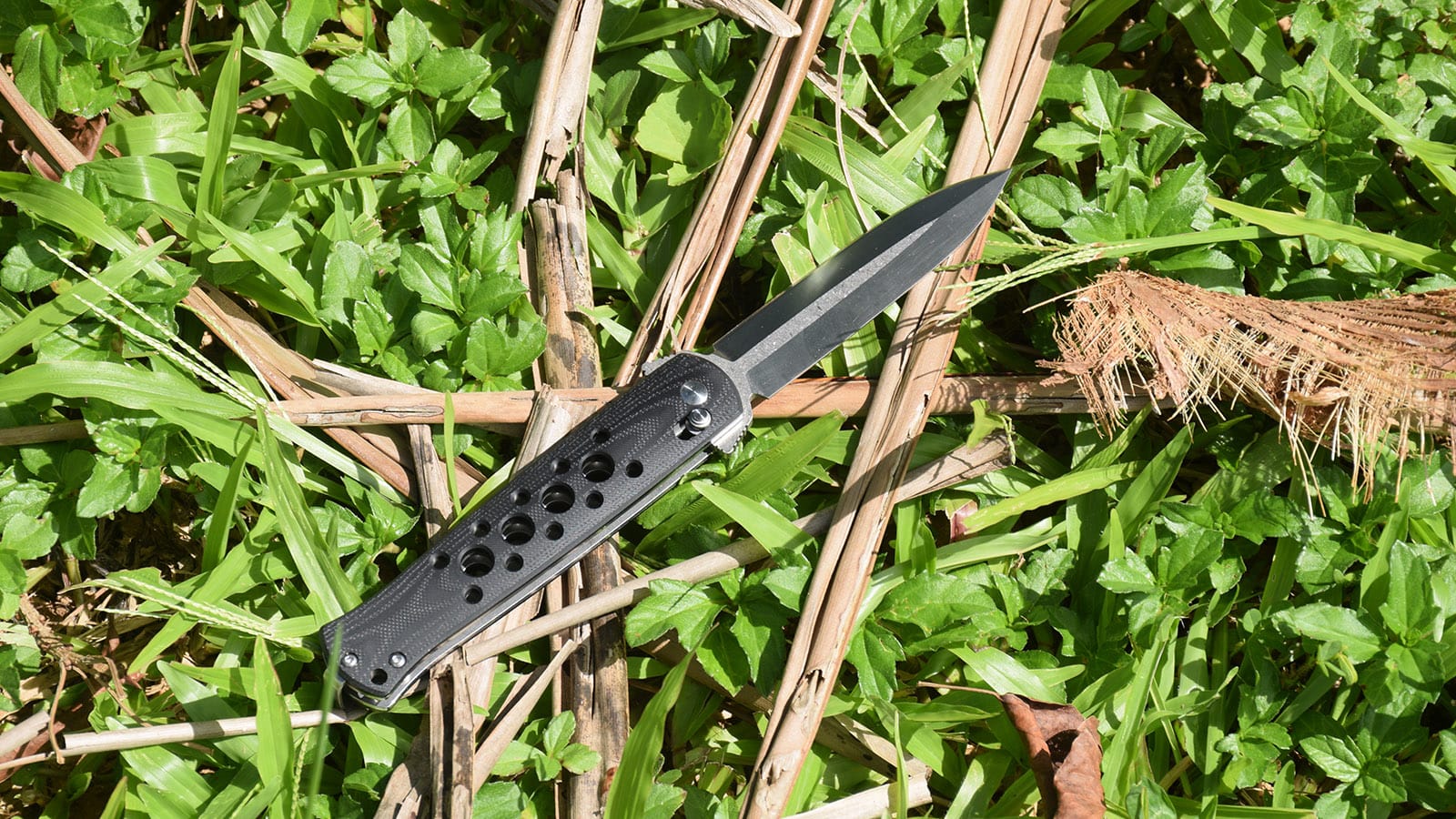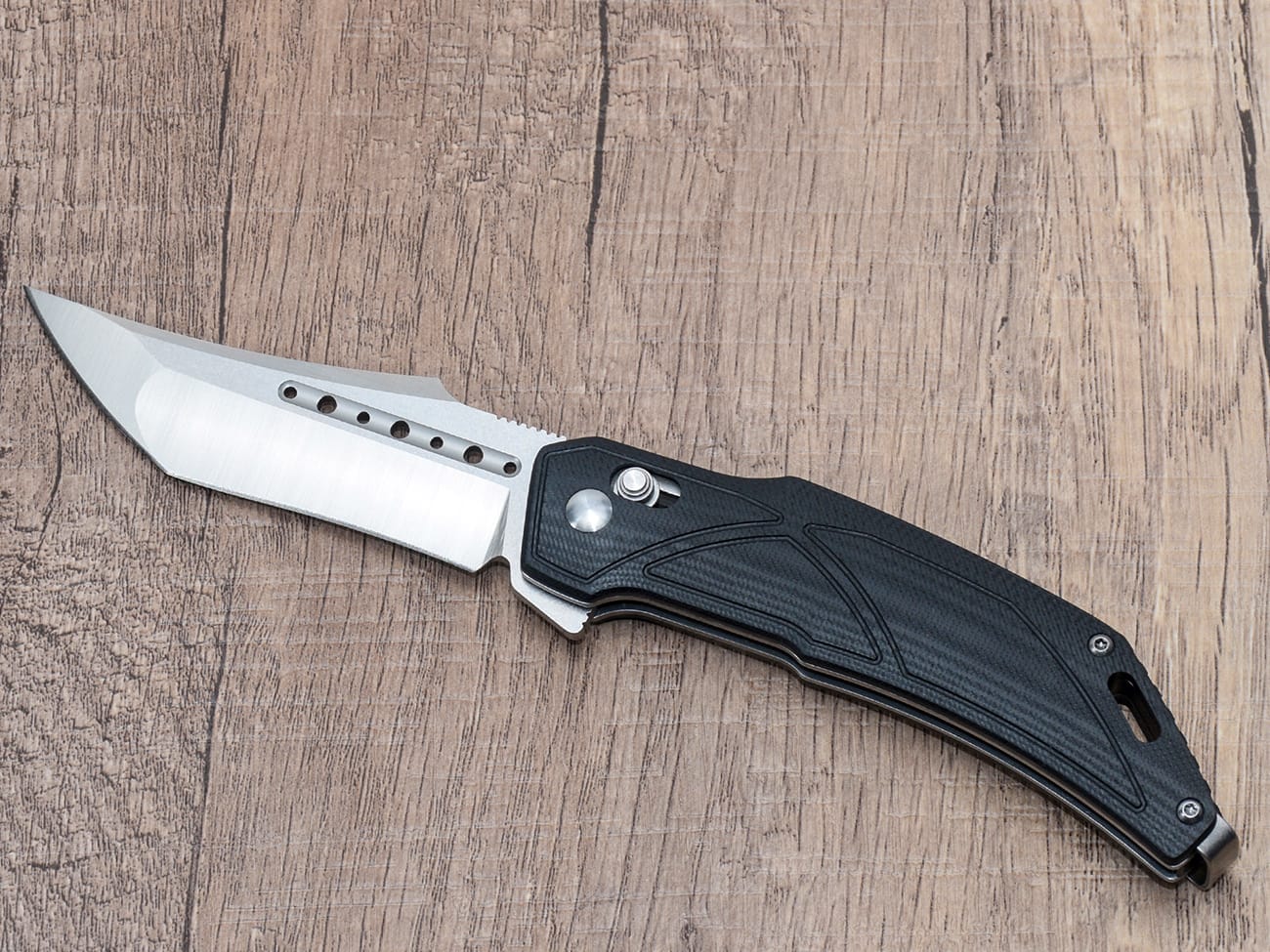Choosing the right survival knife can make all the difference between life and death in a wilderness emergency. Whether you’re an experienced outdoorsman or a novice prepper, this comprehensive guide will equip you with the knowledge to select the perfect survival knife for your needs. We’ll explore crucial factors like blade materials, handle design, and essential features that separate a good survival knife from a great one. By the end of this article, you’ll be confident in your ability to choose a reliable, versatile survival tool that could save your life when it matters most.
Why Your Choice of Survival Knife Matters
A survival knife is one of the most important tools you can have in an emergency situation. It can be used for everything from building shelter and preparing food to self-defense and first aid. The right knife can make wilderness survival much easier, while the wrong choice could leave you struggling with a tool that’s inadequate for your needs. Let’s dive into the key factors you need to consider when selecting your perfect survival knife.
What Makes a Good Survival Knife?
- Full Tang vs. Partial Tang: Which is Better for Survival?
When it comes to survival knives, the tang – the part of the blade that extends into the handle – is crucial for durability and strength. A full tang knife extends the entire length of the handle, providing maximum stability and power for tough tasks. Partial tang knives, where the blade only extends partially into the handle, are generally less durable and more prone to breaking under stress.For a survival situation, a full tang knife is almost always the better choice. It can withstand the rigors of heavy-duty use like chopping wood or batoning (splitting wood by hammering the knife through it). While partial tang knives might be lighter, the trade-off in durability isn’t worth it for a true survival tool.
- Fixed Blade or Folding: Which is More Reliable?
The debate between fixed blade and folding knives is a common one among survival experts. Here’s a quick breakdown:
- Fixed blade knives:
- More durable and reliable
- Better for heavy-duty tasks
- No moving parts to break
- Generally stronger overall
- Folding knives:
- More compact and portable
- Easier to carry in everyday situations
- Can have multiple blades or tools
For pure survival purposes, a fixed blade knife is generally considered more reliable than a folding knife. The lack of moving parts means there’s less that can go wrong in a critical situation. However, a high-quality folding knife can still be a valuable tool, especially if portability is a major concern.
- What’s the Ideal Blade Length for a Survival Knife?
The “perfect” blade length for a survival knife is a matter of some debate, but most experts agree that a blade between 4 and 6 inches is ideal. This size range offers a good balance of versatility and control. It’s long enough to handle larger tasks like chopping small branches, but short enough for precise work like carving or skinning game.Shorter blades (under 4 inches) can be great for detailed work but may struggle with heavier tasks. Longer blades (over 6 inches) can be powerful for chopping but may be unwieldy for fine control. Remember, the best survival knife is one you can comfortably and safely use in a variety of situations.
- Blade Shape: Drop Point, Clip Point, or Something Else?
The shape of your knife’s blade affects its functionality and versatility. Some common blade shapes for survival knives include:
- Drop point: A sturdy, all-purpose shape with a strong tip. Great for general use and durability.
- Clip point: Offers a sharp, piercing tip. Good for detailed work but potentially less durable than a drop point.
- Tanto: Has a strong tip for piercing. Excels at tactical uses but may be less versatile for general survival tasks.
- Spear point: Symmetrical and strong, good for thrusting but can be less useful for slicing tasks.
For a general-purpose survival knife, a drop point blade is often recommended. It offers a good balance of strength, versatility, and ease of use.
- What Blade Materials Are Best for Survival Knives?
The material of your knife blade greatly affects its performance, durability, and maintenance needs. Common options include:
- Carbon steel: Holds an edge well and is easy to sharpen, but prone to rust.
- Stainless steel: Resistant to corrosion, but may not hold an edge as well as carbon steel.
- High-carbon stainless steel: Attempts to combine the best properties of both carbon and stainless steel.
- Tool steels (like D2): Very hard and wear-resistant, but can be difficult to sharpen in the field.
For a survival knife, a high-carbon stainless steel often provides a good balance of edge retention, corrosion resistance, and ease of maintenance. However, the “best” material depends on your specific needs and environment.
- How Important is the Knife Handle Material?
While the blade often gets the most attention, the handle of your survival knife is equally important. It affects grip, comfort, and overall durability. Common handle materials include:
- G10: A durable, lightweight fiberglass-based laminate. Provides excellent grip even when wet.
- Micarta: Made from layers of cloth or paper soaked in resin. Durable and provides a good grip.
- Wood: Traditional and attractive, but can be less durable in extreme conditions.
- Rubber: Offers excellent grip but may degrade over time.
- Metal: Extremely durable but can be slippery and uncomfortable in extreme temperatures.
For a survival knife, materials like G10 or Micarta are often preferred for their durability and grip in various conditions. However, high-quality versions of any of these materials can work well.
- What Additional Features Should a Survival Knife Have?
While a simple, well-made knife can handle most survival tasks, some additional features can be useful:
- Lanyard hole: Allows you to attach the knife to your wrist or gear for added security.
- Pommel or striking base: A solid end on the handle can be used for hammering.
- Sheath: A good sheath protects the blade and allows for safe, convenient carry.
- Fire starter integration: Some knives include a ferrocerium rod in the handle or sheath.
- Serrated section: Can be useful for sawing through tough materials.
Remember, additional features can add versatility but also complexity. Prioritize a solid, well-made basic knife over one with lots of bells and whistles.
- How Much Should You Spend on a Survival Knife?
The price range for survival knives is vast, from budget options under $50 to high-end custom knives costing hundreds or even thousands of dollars. While you don’t need to break the bank, it’s worth investing in a quality knife that you can rely on in emergency situations.A good rule of thumb is to budget between $100 and $300 for a high-quality survival knife from a reputable manufacturer. This range usually provides excellent materials and craftsmanship without entering the realm of diminishing returns.Remember, the most expensive knife isn’t necessarily the best for your needs. Focus on finding a knife that meets your requirements for durability, functionality, and comfort within your budget.
- How Do You Maintain and Care for a Survival Knife?
Proper maintenance is crucial to ensure your survival knife is always ready when you need it. Here are some key care tips:
- Keep it clean: Wipe down the blade after use, especially if it’s been in contact with corrosive materials.
- Keep it dry: Moisture is the enemy of most knife materials. Dry your knife thoroughly after use or exposure to water.
- Keep it sharp: A dull knife is dangerous and ineffective. Learn to sharpen your knife properly or have it professionally sharpened regularly.
- Oil the blade: For carbon steel blades, a light coat of oil can prevent rust.
- Check for loose parts: Regularly inspect your knife for any loose screws or parts, especially on folding knives.
- Store it properly: Use the sheath or a knife storage solution to protect the blade when not in use.
With proper care, a good survival knife can last for many years, providing reliable service when you need it most.
- Where Can You Find Reliable Reviews and Information on Survival Knives?
When researching survival knives, it’s important to consult a variety of sources:
- Outdoor and survival forums: Places where experienced outdoorsmen share their experiences and recommendations.
- Knife enthusiast websites: Often provide in-depth reviews and comparisons.
- Survival instructors and experts: Many publish gear recommendations based on real-world experience.
- Reputable knife retailers: Often have detailed product descriptions and customer reviews.
- YouTube reviews: Can provide visual demonstrations of knife performance.
Remember to consider multiple opinions and sources, as individual preferences can vary widely. What works perfectly for one person may not be ideal for another.

A custom 8cr13mov steel hunting knife with olive wood handle – an example of a robust survival knife
Conclusion: Choosing Your Perfect Survival Knife
Selecting the right survival knife is a personal decision that depends on your specific needs, environment, and preferences. Here are the key points to remember:
- Choose a full tang, fixed blade knife for maximum durability and reliability.
- Look for a blade length between 4-6 inches for versatility.
- Consider a drop point blade shape for all-around usefulness.
- High-carbon stainless steel often provides a good balance of properties for survival use.
- Prioritize a comfortable, durable handle material like G10 or Micarta.
- Invest in quality, but remember that the most expensive knife isn’t always the best for your needs.
- Maintain your knife properly to ensure it’s always ready when you need it.
Remember, the best survival knife is one that you’re comfortable using and will have with you when you need it. Take the time to research, handle different knives if possible, and choose a tool that you can rely on in any situation. Your perfect survival knife could make all the difference when facing the challenges of the wilderness.




